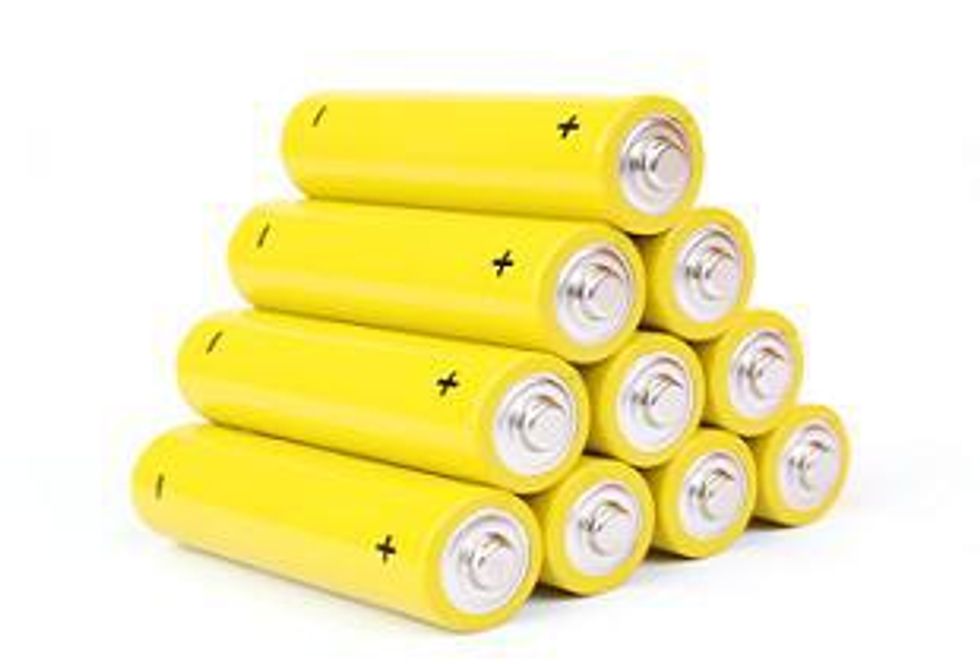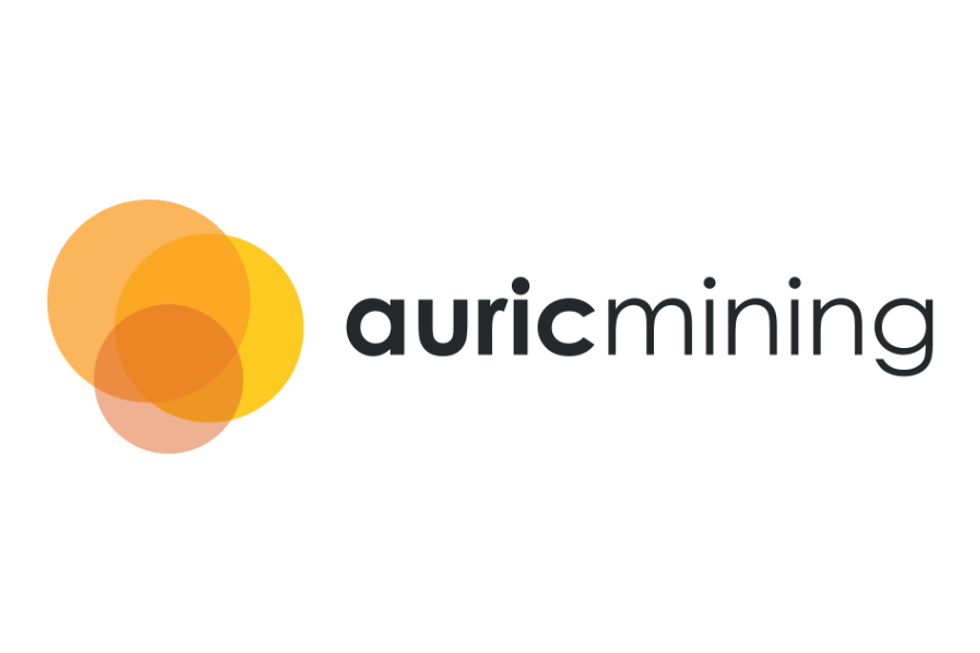- AustraliaNorth AmericaWorld
Investing News NetworkYour trusted source for investing success
- Lithium Outlook
- Oil and Gas Outlook
- Gold Outlook Report
- Uranium Outlook
- Rare Earths Outlook
- All Outlook Reports
- Top Generative AI Stocks
- Top EV Stocks
- Biggest AI Companies
- Biggest Blockchain Stocks
- Biggest Cryptocurrency-mining Stocks
- Biggest Cybersecurity Companies
- Biggest Robotics Companies
- Biggest Social Media Companies
- Biggest Technology ETFs
- Artificial Intellgience ETFs
- Robotics ETFs
- Canadian Cryptocurrency ETFs
- Artificial Intelligence Outlook
- EV Outlook
- Cleantech Outlook
- Crypto Outlook
- Tech Outlook
- All Market Outlook Reports
- Cannabis Weekly Round-Up
- Top Alzheimer's Treatment Stocks
- Top Biotech Stocks
- Top Plant-based Food Stocks
- Biggest Cannabis Stocks
- Biggest Pharma Stocks
- Longevity Stocks to Watch
- Psychedelics Stocks to Watch
- Top Cobalt Stocks
- Small Biotech ETFs to Watch
- Top Life Science ETFs
- Biggest Pharmaceutical ETFs
- Life Science Outlook
- Biotech Outlook
- Cannabis Outlook
- Pharma Outlook
- Psychedelics Outlook
- All Market Outlook Reports
Rights Issue and Shortfall
Battery Technologies Vie for Market Charge
Batteries are poised as one of the most prominent technologies of the near future, particularly with emerging markets in electric vehicles and renewable energies.
By Damon van der Linde – Exclusive to Resource Investing News
Batteries are poised as one of the most prominent technologies of the near future, particularly with emerging markets in electric vehicles and renewable energies. Manufacturing these batteries requires an input of minerals, and everyone from extractors to downstream technology producers are vying to invest in battery technologies that will be affordable, available and efficient. Cobalt is emerging as an efficient mineral in battery technologies with a variety of applications, though limited supply sources and listing as a “critical metal” are limiting their widespread adoption, though there have been many improvements in recycling processes.
“Batteries are probably the most important science frontier right now,” said John Kaiser, founder of Kaiser Bottom Fish, speaking at the Critical Metals Investment Symposium in Vancouver, BC. “The electrification of the car industry is another major new trend that has to happen simply because peak oil is a reality and we cannot depend on just oil imported from other parts of the world that are potentially unstable.”
There are several ideal performance qualities for most batteries, depending on the application, but some of the most desirable traits are a fast charge rate – especially for electric vehicles – the amount of charge a battery can hold, and how fast it can discharge energy.
Charge rate is important because it determines how quickly a battery can be charged. Battery density – how much volume and how much weight is required – is again ideal for high-performance applications like electric vehicles, but also extends into large grid-scale electricity storage.
Cobalt is becoming an important part of the battery future, however, there are very few primary cobalt mines in the world, with most cobalt being produced as a byproduct of copper and nickel mining.
In 2005, the copper deposits in the Democratic Republic of the Congo were the top producer of cobalt, accounting for almost 40 percent of the world share and much of this is being exported by Chinese investors.
OnTo Technology is currently in the research and development of processes for rejuvenation of lithium ion technology, and particularly those involving cobalt dilute. The growth of waste from consumer electronics and electric vehicles are fueling the development of rejuvenation processes that are “green,” low energy and cost effective.
Electric carmaker, Tesla Motors, will also recycle its battery packs in Europe by refining its cobalt, nickel and other metals.
There are several other minerals that are particularly sought after in the emerging battery market, but because of many factors ranging from supply security to current technological limitations no particular material is yet to dominate the market.
Lithiated Manganese Oxide is one technology ideal for high-performance batteries. Milwaukee Tools uses this type of battery in their electric power tools and the adoption of this technology is growing into other applications. Currently, China in the primary producers of electronic grade manganese, though there are other projects coming on-stream around the world, including North America.
“The potential is there for every aspect of technology,” said Larry Reaugh, President and CEO of American Manganese (TSXV:AMY). “There are big advantages in weight, big advantages in retention of power and certainly those are big considerations in cars.”
Reaugh says that although Lithiated Manganese Oxide batteries have twice the life for half the weight of a nickel-cadmium battery, the technology has not yet reached its potential in terms of adaptation across North America.
“It’s adaptation. You’re tooled up to use a certain type of battery, that means you have to retool so these things take time, but I can see as far as I’m concerned, the lithiated manganese will be a major contender for the battery industry,” said Reaugh.
Lithium is currently a core metal in many batteries, from laptops to electric cars. Lithium-ion batteries have many advantageous features including a high energy density and a slow loss-of-charge rate. Components are also environmentally safe, as there is no free lithium metal. There are, however, some concerns over the safety of lithium batteries which in extreme cases could result in combustion.
“Lithium under the right conditions will explode,” said Kaiser. When the first car explodes, that is going to be a nightmare.”
To reduce these risks, lithium-ion battery packs contain fail-safe circuitry that shuts down the battery when its voltage is outside the safe range. These safety features increase costs compared to the also popular nickel metal hydride batteries.
Major lithium projects are currently underway in Argentina, Brazil, Chile, China and Canada, though the potential for many resources have not yet been realized.
“The ability to scale up lithium production is pretty good right now,” said Kaiser. “Bolivia is the gorilla in the room, because they have huge lithium deposits but want to control all downstream production themselves.”
Vanadium redox batteries are less apt than other battery technologies to be used in high-performance electric vehicles, however, they are better suited as a workhorse for grid-scale energy storage. The extremely large capacities possible from vanadium redox batteries make them well suited to use in large power applications such as helping to average out the production of highly variable generation sources such as wind or solar power, or to help generators cope with large surges in demand. The limited self-discharge characteristics of vanadium redox batteries make them useful in applications where the batteries must be stored for long periods of time with little maintenance while maintaining a ready state.
“It hasn’t really caught on yet, but there have been installations around the world of different sizes though it hasn’t yet cracked the big megawatt barrier in terms of regular implementation,” said Paul Casey, Business Director at American Vanadium Corp. (TSXV:AVC).
There have also been recent technological advancements in the technology that is helping to improve its economic viability.
“These advancements just help it make more economic sense – it reduces some of the costs, gives it a wider range of applications and so forth,” said Casey.
The global availability of vanadium also makes it appealing as more and more countries opt for renewable power sources and require storage units to optimize their efficiency.
“Fortunately, vanadium is not going to be a security of supply issue. It comes from a variety of different places, however, you still need to develop these sources and have the vanadium supply in place for what we anticipate to be a massive scaling up of demand for these inputs as wind and solar become a key part of our electricity foundation,” said Kaiser.
Outlook Reports
Browse Companies
MARKETS
COMMODITIES
| Commodities | |||
|---|---|---|---|
| Gold | 2385.27 | +3.47 | |
| Silver | 28.94 | +0.05 | |
| Copper | 4.37 | -0.01 | |
| Oil | 85.97 | +0.56 | |
| Heating Oil | 2.67 | +0.01 | |
| Natural Gas | 1.69 | 0.00 | |
Investing News Network websites or approved third-party tools use cookies. Please refer to the cookie policy for collected data, privacy and GDPR compliance. By continuing to browse the site, you agree to our use of cookies.






